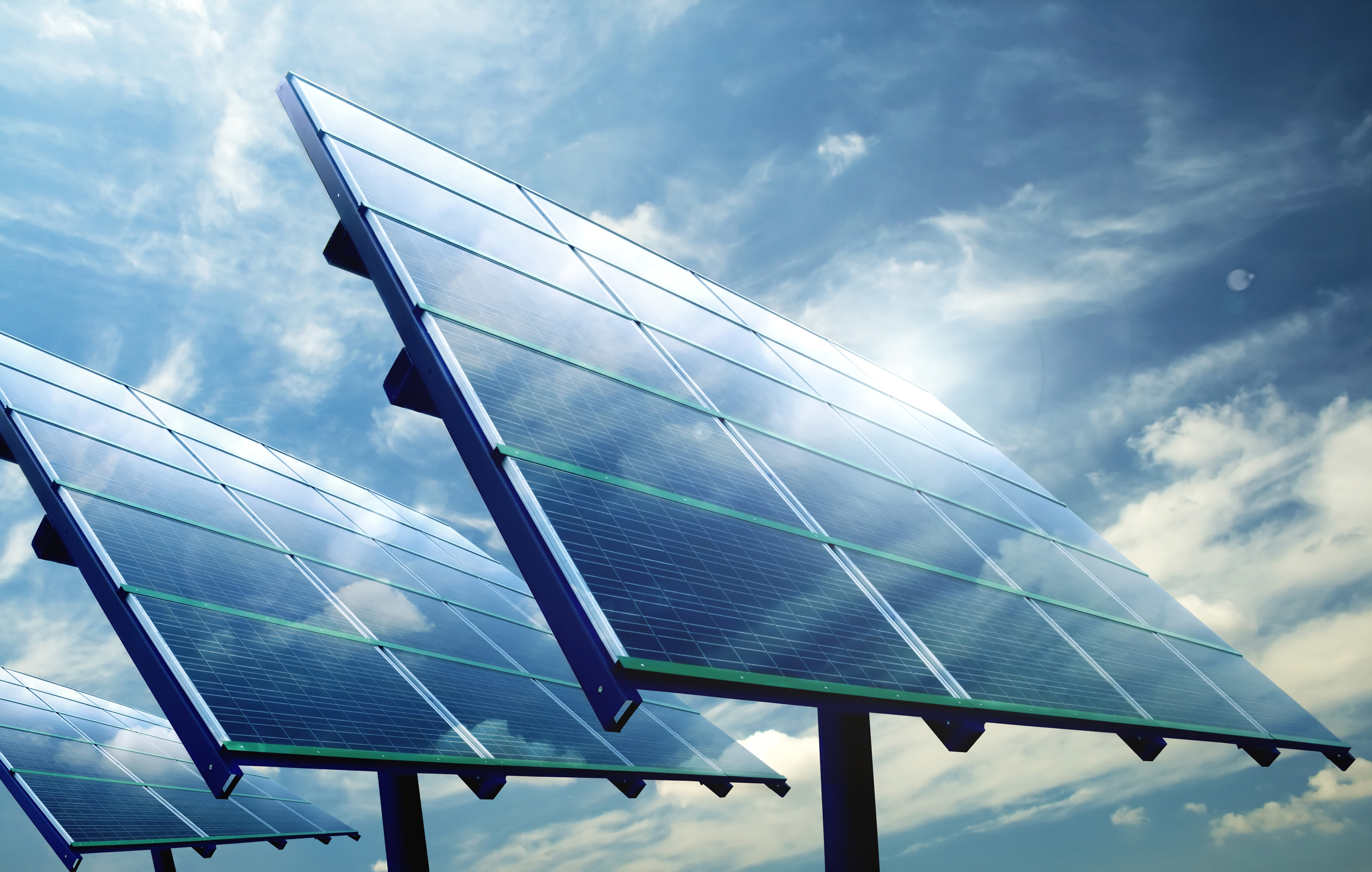Energy
Apple's Clean Energy Footprint Grows on China Deal With SunPower
Published:
Last Updated:

Apple and SunPower have collaborated on six solar projects in the United States. In February, First Solar Inc. (NASDAQ: FSLR) announced that Apple had committed $848 million to the solar maker’s California Flats solar project and that Apple will receive 130 MW of power from the 280-MW plant under a 25-year power-purchase agreement. PG&E will acquire the remaining power under a separate agreement.
Former U.S. EPA chief Lisa Jackson, now Apple’s vice-president of environmental initiatives, has said that Apple gets 100% of its U.S. energy from renewable resources and that all the company’s data centers run exclusively on renewable energy. Jackson also said that the company’s goal is to run all its global operations on renewable energy. Currently 87% of the company’s energy requirements are met by renewable energy.
Google Inc. (NASDAQ: GOOGL) is another tech company that has made significant investments in renewable energy. As of February, the company had invested about $1.8 billion in renewable energy projects. According to a report from Greenpeace, Google generated about 34% of its 2013 power requirements from renewable sources.
ALSO READ: Where Has Solar, Alt Energy Short Interest Gone?
The two new Chinese plants will be constructed in the Aba region of Sichuan province. Once the two power plants are completed, they will be owned by Apple and SunPower’s joint venture, Sichuan Shengtian New Energy Development.
The Aba region is located in the northern part of Sichuan province and borders on Tibet. Apple’s 2015 vendor list names 10 suppliers located in Chengdu, the largest city in Sichuan. There is no indication in SunPower’s announcement that Apple actually will use the power generated by the new plants, but the company can use its investment in the solar projects as an offset to power generated by non-renewable sources.
Want retirement to come a few years earlier than you’d planned? Or are you ready to retire now, but want an extra set of eyes on your finances?
Now you can speak with up to 3 financial experts in your area for FREE. By simply clicking here you can begin to match with financial professionals who can help you build your plan to retire early. And the best part? The first conversation with them is free.
Click here to match with up to 3 financial pros who would be excited to help you make financial decisions.
Thank you for reading! Have some feedback for us?
Contact the 24/7 Wall St. editorial team.